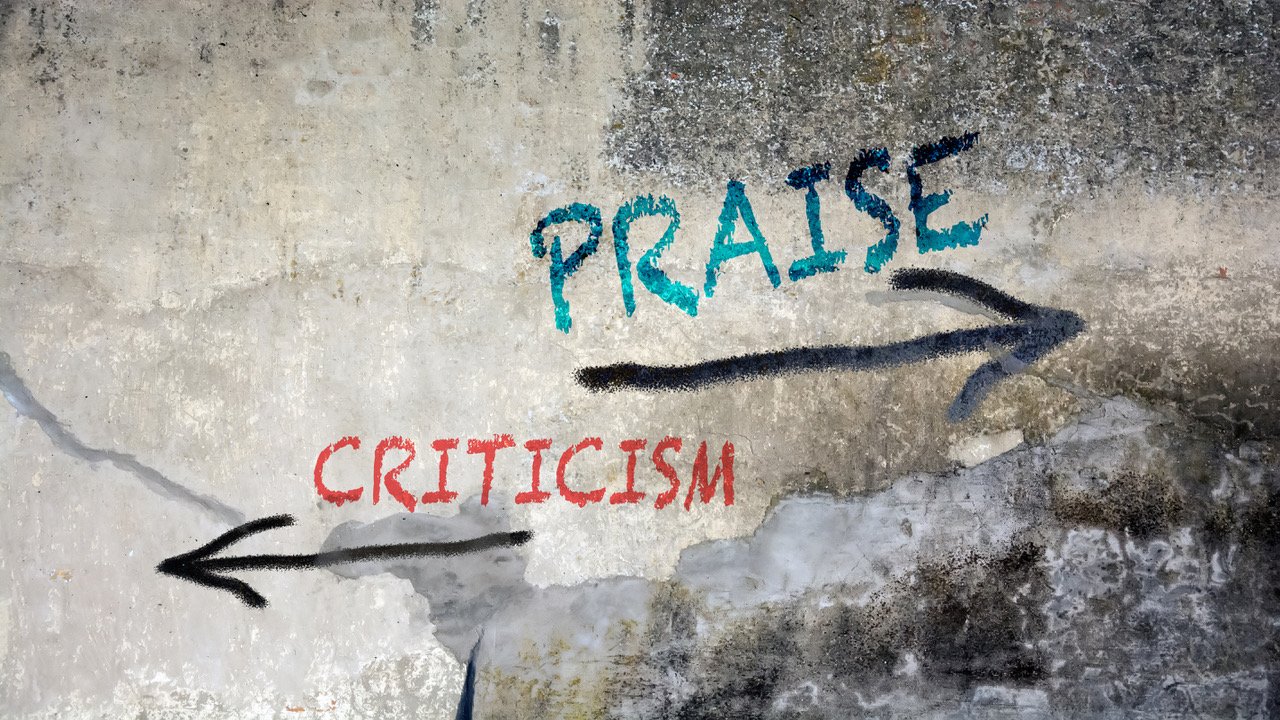FAKE VS. FIRESTORM
As a cadet journalist for a provincial newspaper in the 1980s, I quickly realised that my main reason for existence was to pick up those jobs that the more senior reporters and sub-editors viewed as laborious and distasteful.
One of those roles was taking charge of the Letters to the Editor section. It was a thankless task opening up envelopes stuffed with the rantings and ravings of readers, most handwritten and often illegible.
I quickly learned that the Letters’ page was dominated by several what we might call “serial correspondents”. Over time, I developed a grudging admiration for their tenacity. I recall one fellow in particular who submitted a nine or ten page dissertation on the economic downfall of the country as a result of failing government policy. It turned out to be nothing more than a bizarre piece of plagiarism – a word-by-word handwritten copy of a speech by a politician lifted directly from the parliamentary Hansard.
Some thirty years later, while newspaper readership is declining, social media has proven a boon to what are commonly known now as “keyboard warriors”. And it could be argued that their ability to influence public opinion is more powerful than ever with this new mode of opinion writing unhindered by editorial review and fact-checks before publication. Consequently, we see misinformation and conspiracy theories abound.
While there is good reason to be mindful of the potential for the rantings of an individual on a platform like Facebook to light the fire of public scandal, I would always urge caution to avoid an overreaction. Over the years, I have had many a call from a client anxious about a criticism of their organisation aired in a social media post, comment or online review and asking for advice on how to react.
It is important to appreciate that the views expressed by one or two individuals on social media are exactly that – the opinions of one or two individuals. Often, they are not indicative of broader public opinion. The vast majority of people simply don’t have the time or the inclination to read, let alone add their voices to the mutterings of a fellow Facebook user.
In the case of opinions expressed on X, formally known as Twitter, I am even more sceptical as this platform seems to essentially have become an echo chamber dominated by journalists, politicians and would-be influencers seeking to “out-do” each other with their witticisms and cynical wisecracks.
So, what should be your response to an outbreak of social media commentary about an issue concerning your organisation? I must begin with a cautionary note that every situation is different, and some circumstances may require specific responses, but here is my advice in general terms.
Firstly - don’t ignore or assume. Blithely dismissing a social media rant can be a big mistake. Remember that in the ‘Court of Public Opinion’, perception always rules over the facts. On the other hand, don’t be provoked to provide an instant response. The best approach is to monitor and see what comes next. In many instances, a fiercely provocative post will come to nothing. However, if it becomes evident that the post is sparking supportive concerns and comments from others, it could be worthwhile responding.
Secondly - the tone of the response is as important as the content. Don’t be defensive, but also avoid the perception of aggression – simply state the facts and make it clear you are open to hearing from anyone with concerns - that’s possibly the most important action in these situations. In extending an invitation to listen to genuine concerns directly, I would advise asking people to give you a call, direct message/email or arrange a meeting. People who hold genuine, deeply felt anxiety will appreciate your willingness to be open and take their concerns seriously, even if they do not take up your offer.
I would advise against engaging in an ongoing debate with the provocateur on the social media platform itself. They may continue to rant and rave, but posting ongoing responses may only fuel the fire. It also illustrates to others viewing the conversation that you are not running away nor engaging in conflict but are willing to listen and help – this can only enhance your brand and reputation.
Finally - if you have an issue emerging that is likely to provoke genuine concern and anxiety, use your social media channels to get on the front foot. Have your key messages prepared in advance with a link to a page on your website where readers can get the facts in more detail and be advised of how to make direct contact if they have further concerns.
For more insights and ramblings on strategic business communications and marketing from JLCA Director John Le Cras, visit the JLCA Journal page.


